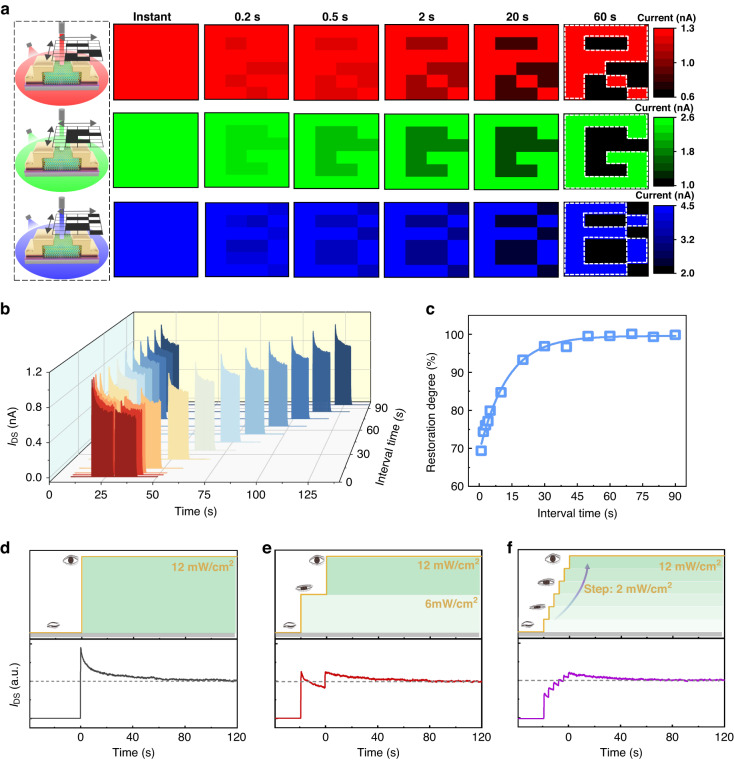Fig. 5. Bioinspired visual adaptation functions of the γ-InSe opto-sensor.
a Left: schematic of the equipment of 2D movable hollow mask. Right: light-sensing image adaptation of letter “R”, “G”, and “B” pattern irradiated by 638 nm (red light), 532 nm (green light), and 405 nm (blue light) laser illumination (200 mW/cm2) under a bright background (100 mW/cm2), respectively. b Real-time IDS triggered by two bright light stimuli with various interval time. c The restoration degree as a function of interval time. With the interval time increasing to 60 s, the restoration degree reaches a near-unity value of 99.6%. Mimicking the synergetic visual adaptation with eyelid in three different scenarios to bright light stimuli (12 mW/cm2), including d opening the eye directly, e first-half-opening and then fully opening the eye, and f slowly opening the eye in six stages. All above the measurements are carried out under zero bias voltage

